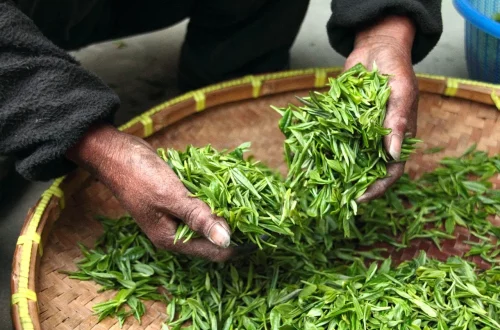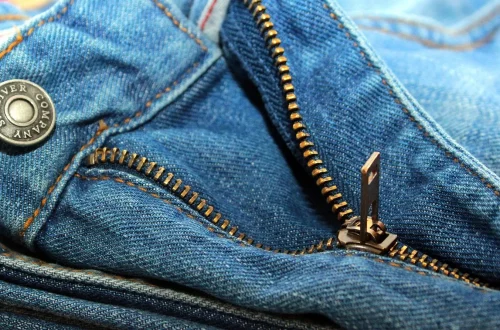
How Many Cups Are in 12 Ounces of Chocolate Chips?
When it comes to baking, understanding measurements is crucial for achieving the desired outcome. Whether you’re a novice baker or an experienced chef, precision in your ingredients can make or break your culinary creations. One common ingredient that often requires careful measurement is chocolate chips. These delightful morsels are used in a variety of recipes, from cookies to cakes, and their flavor and texture can significantly impact the final product.
Bakers frequently encounter the need to convert measurements, especially when recipes list ingredients in different units. One such conversion that is often questioned is how many cups are in a specific weight measurement of chocolate chips, such as 12 ounces. Knowing how to make this conversion not only enhances your baking skills but also helps you follow recipes more accurately.
In this article, we will explore the relationship between ounces and cups, specifically focusing on chocolate chips. By understanding this conversion, you’ll be better equipped to tackle your baking projects with confidence and ease. Let’s dive into the world of measurements and discover how you can master the art of baking with chocolate chips.
Understanding Ounces and Cups
To grasp the conversion between ounces and cups, it’s essential to understand what these measurements represent. Ounces are a unit of weight, while cups measure volume. This distinction is particularly important in baking, where both weight and volume can affect the outcome of your recipes.
One cup is equivalent to 8 fluid ounces. However, when it comes to dry ingredients like chocolate chips, the conversion isn’t always straightforward. The weight of a cup of chocolate chips can vary based on the type of chips used—semi-sweet, milk chocolate, or dark chocolate, for example.
Generally, a cup of chocolate chips weighs about 6 to 7 ounces. This means that if you have 12 ounces of chocolate chips, you can estimate that this amount is approximately 1.75 to 2 cups, depending on the specific type and brand of chocolate chips you are using.
To measure accurately, it’s advisable to use a kitchen scale, which can provide precise weight measurements. If you don’t have a scale, using the cup measurement can still yield good results, but be cautious about how densely you pack the chips into the cup.
Additionally, factors such as humidity and the way chocolate chips are poured can affect volume measurements. For baking consistency, always be mindful of these variations, especially in recipes that require a strict balance of ingredients.
How to Measure Chocolate Chips Properly
Measuring chocolate chips accurately is a skill that can enhance your baking experience. While it seems straightforward, there are nuances to consider to ensure you get the right amount every time.
The first step in measuring chocolate chips is to choose the right tool. A dry measuring cup is ideal for solid ingredients like chocolate chips. When using a measuring cup, it’s essential to fill the cup without packing the chips down, as this can lead to using more than intended. Instead, gently scoop the chocolate chips and level them off with a straight edge, such as a knife.
If you prefer measuring by weight, using a kitchen scale is the most accurate method. Place a bowl on the scale, zero it out (tare), and add chocolate chips until you reach the desired weight. For instance, if your recipe calls for 12 ounces, simply add chips until the scale reads 12 ounces.
Another measurement method involves using volume conversions. As mentioned earlier, 12 ounces of chocolate chips roughly equals 1.75 to 2 cups. If your recipe specifies a cup measurement, you can use this conversion to determine how many cups you need.
When experimenting with different types of chocolate chips, keep in mind that some brands may have slightly different weights. Therefore, it’s wise to check packaging details or conduct a quick measurement to ensure accuracy.
In addition to volume and weight, consider the type of chocolate chips you are using. For example, mini chocolate chips can yield a different measurement compared to standard-sized chips due to their size and the way they fit into a measuring cup.
By mastering these measurement techniques, you can improve your baking results and create delicious treats with confidence.
The Impact of Chocolate Chip Quality on Measurements
While measurement is critical, the quality of chocolate chips can also significantly impact your baking results. Not all chocolate chips are created equal, and their composition can affect both taste and texture in your final product.
High-quality chocolate chips typically contain a higher percentage of cocoa solids and butter, which can influence their weight and how they melt during baking. For instance, premium chocolate chips may be denser than lower-quality alternatives, meaning you might need to adjust your measurements slightly.
When substituting chocolate chips in a recipe, consider the type of chocolate used. Semi-sweet chips are commonly used in baking due to their balanced sweetness. However, if you opt for milk chocolate or dark chocolate, this could affect the overall flavor of your dish.
Moreover, the size of the chips can play a role in the baking process. Mini chocolate chips, for example, will melt differently and distribute more evenly throughout the batter compared to standard-sized chips. This can lead to variations in flavor intensity and texture, even if the weight measurement is identical.
Another aspect to consider is the brand of chocolate chips. Some brands may have different formulations, leading to slight discrepancies in weight and volume. Always check the packaging for specific weight details and adjust your measurements accordingly.
Ultimately, investing in high-quality chocolate chips can elevate your baked goods, resulting in richer flavors and better textures. The right chips, combined with accurate measurements, can lead to baking success.
Tips for Using Chocolate Chips in Recipes
Incorporating chocolate chips into your baking can transform ordinary recipes into extraordinary ones. Here are some tips to help you make the most of chocolate chips in your culinary creations.
First, consider the timing of when to add chocolate chips. For cookies, adding them to the dough before baking ensures they are evenly distributed. However, for cakes or muffins, folding in chocolate chips at the end can prevent them from sinking and promote a more balanced flavor throughout the batter.
Another tip is to mix different types of chocolate chips for added depth of flavor. Combining dark, milk, and white chocolate chips can create a complex taste experience that appeals to various palates.
Additionally, think about using chocolate chips in unconventional ways. They can be added to pancake batter, sprinkled on top of muffins before baking, or even used as a topping for ice cream. Their versatility allows for creativity in the kitchen.
When baking with chocolate chips, temperature matters. For instance, if your kitchen is warm, chocolate chips may melt faster during baking, affecting their structure. To combat this, consider chilling your dough before baking to help retain the shape of the chips.
Lastly, don’t be afraid to experiment! Baking is as much about creativity as it is about precision. By understanding measurements, quality, and the best practices for using chocolate chips, you can create delicious treats that are sure to impress.
In conclusion, mastering the measurement and use of chocolate chips can significantly enhance your baking skills. By understanding ounces versus cups, measuring accurately, choosing quality ingredients, and applying practical tips, you set yourself up for success in the kitchen. Happy baking!




